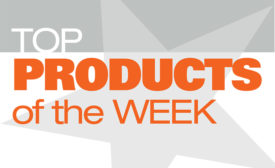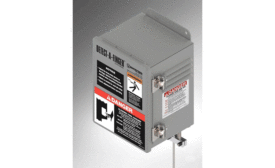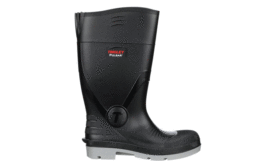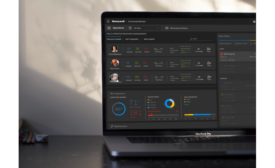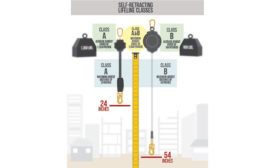Safety Product Innovations
With new and improved features, Rockford Systems' Detect-A-Finger® Gen II offers riveting and welding machine operators improved safety
Next Generation features higher safety rating
August 2, 2019
Artificial intelligence will be a huge competitive asset
What you need to know about the “Smart” factory
August 1, 2019
New Honeywell software transforms field operations for workers at manufacturing and service companies
Honeywell Forge Inspection Rounds digitizes and standardizes workflows for field workers, leading to increased productivity, improved accuracy and reduced unplanned downtime
July 31, 2019
Never miss the latest news and trends driving the safety industry
eNewsletter | Website | eMagazine
JOIN TODAYCopyright ©2024. All Rights Reserved BNP Media.
Design, CMS, Hosting & Web Development :: ePublishing

